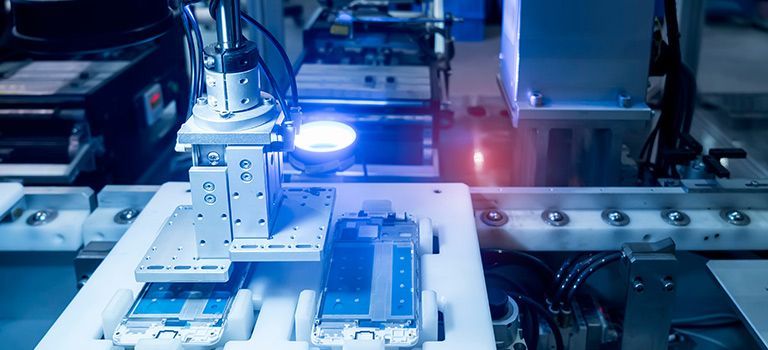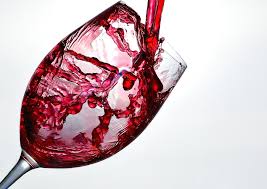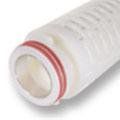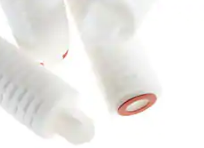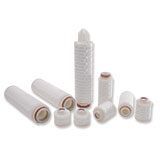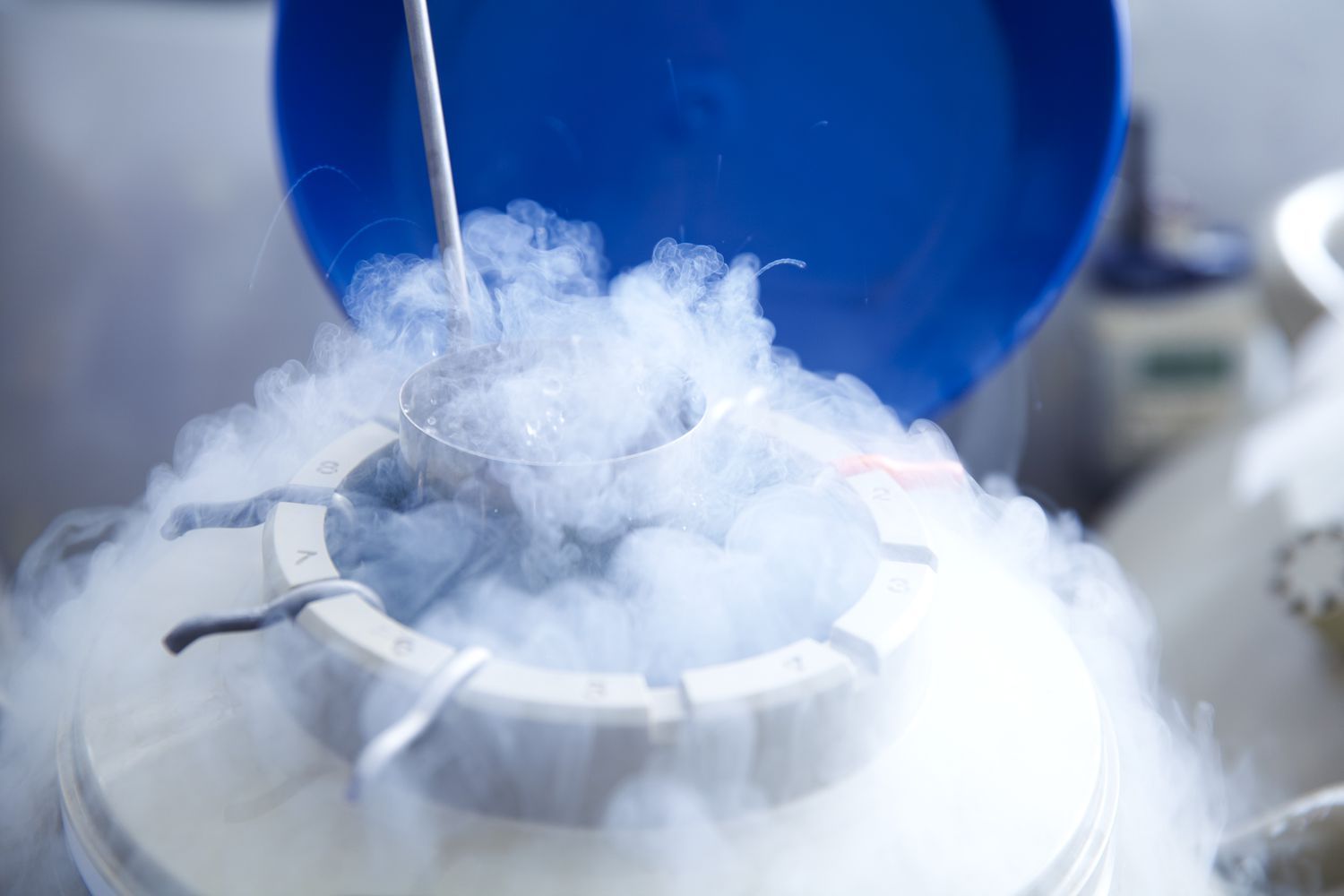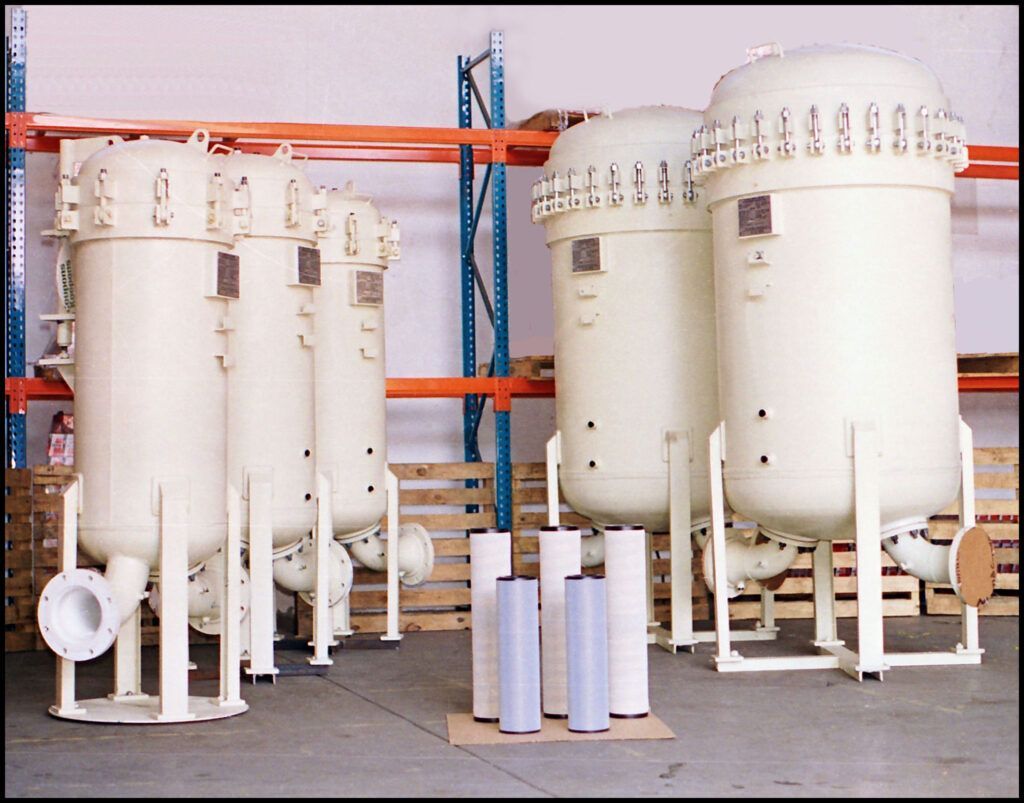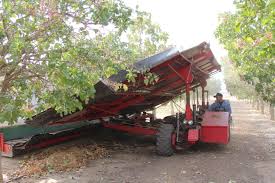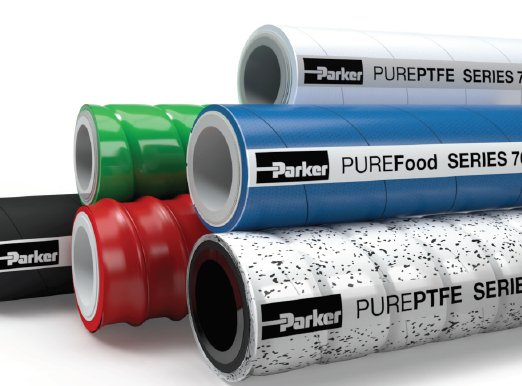Wine making is a delicate process. The perfect wine should be visually clear, flavourful and maintain its stability over long periods of time. Traditional methods for clarification, such as settling and racking, often don't remove all the particulate and spoilage organisms, producing a cloudy, unstable wine. Clarification and stabilization using microfiltration ensure the removal of particulate and organisms down to 0.45µm, creating a beautifully clear and stable wine without altering the delicate flavour. Without proper filters for your filtration systems, it is nearly impossible to produce the perfect wine.
Filtration for Wine Applications
Filters for Wine Making
1. Final Stabilization
In order to produce stable wine which protects and develops flavour once packaged, the presence of spoilage organisms must be eliminated. They can ruin wine by causing off flavours and haze or cloudiness, with contamination from strongly fermenting yeasts causing bottle explosions. Parker's BEVPOR filters use an inert PES membrane that provides validated retention to typical spoilage organisms without impacting the wine's taste or colour profiles.
2. Stabilization, Standardization & Tank Removal
In order to protect wine quality during storage or transportation, yeast and other microbial loadings should be reduced. Parker Bioscience Filtration developed its PREPOR range of wine filters to excel in tank transfer applications. The PREPOR NG filter is an ideal choice for increased microbial security, fine particle retention and has the strength necessary to withstand repeated cleaning and backwash regeneration.
3. Trap Filtration and Crystal Removal
Visible clarity is a sought-after characteristic of good wine. Trap filtration removes suspended particulate to ensure clear wine suitable for intermediate storage. It also reduces costs by lowering the workload of downstream stabilization filters.
4. Product Purge and Tank Vent Filtration
Product purging involves the displacement of wine from tanks and pipes using compressed gas. Compressed gasses may harbour potentially harmful micro-organisms, which could lead to product contamination. Sterile filtration of the compressed gas ensures all wine purging does not introduce bacteria to the product, maintaining the wine's stability. Parker can work with you to identify the most appropriate filter selection for your product purge applications.
5. Fine Wine Polishing and Filter Membrane Protection
Mature or fortified wine is already physically, chemically and micro-biologically stable and only requires a final polish to improve clarity and to remove any yeast and bacteria which may be present. Additionally, final membrane filtration is typically the most expensive stage of filtration. Installing pre-filters to remove suspended particles and reduce microbial loading can reduce the costs of replacement final filters.
6. Service Water, Process Water and Product Water
Service water: Filters are required to protect equipment from fouling with high levels of particulates present in the municipal water supplies.
Product water: Filters protect water treatment equipment from rapid fouling due to high levels of particulate present in ground/municipal source feed water, allowing rapid generation of high volumes of product water.
Process water: Sterilizing grade filters prevent reinfection of wine with waterborne spoilage organisms and pathogens.

Ask a Zemarc Pro
Related Posts


